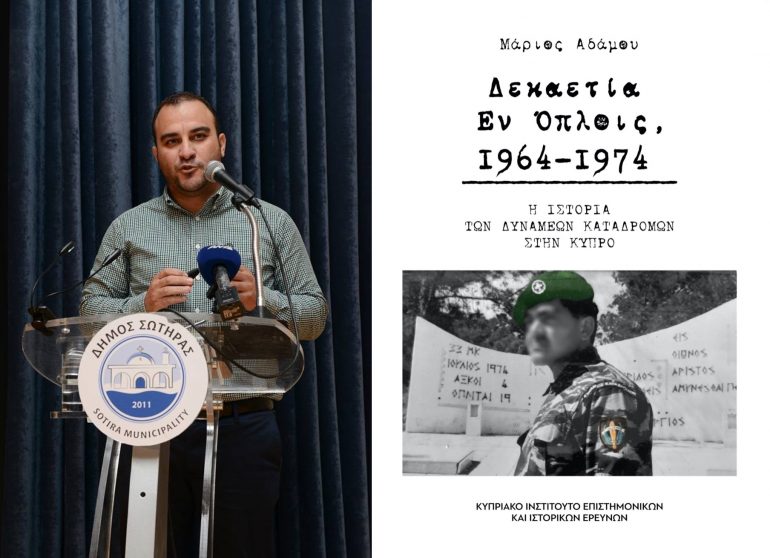Interview on the REPORTER website / By Natasa Christoforou
A painstaking five-year investigation by ANT1 Cyprus journalist Marios Adamos has led to the recording of known and unknown aspects of the actions of the Expeditionary Forces in Cyprus. The book "Decade in Arms", 1964-1974, which received very good reviews, records, among other things, stories of bravery and self-sacrifice of the snipers, as well as tragic mistakes and omissions, especially during the Turkish invasion.
Read also: Marios Adamos' book "Ten Years in Arms, 1964-1974" was presented to the Savior (VIDEO + IMAGES)
"The effort was to make the events as objective as possible with the osmosis of cross-references and sources," says the author, whose book was presented on November 24 at the Sotiras Municipal Theater by the Reserve Paratroopers Club of the community and the Cyprus Institute of Science. Historical research. The book was presented by retired Lieutenant Konstantinos Fytiris and retired Brigadier General Kyriakos Konstantinou.
What prompted this research and how long did it last?
The investigation began after 2014 and after the publication of the book "Memories of War 1974", with the testimonies of the commandos with origin or place of residence the Savior, which was presented in October of the same year (2014). These testimonies gave me the impetus to study more deeply the action of the Expeditionary Forces in the turbulent period that followed the establishment of the National Guard in 1964 until the black summer of 1974. A period that marked the recent history of Cyprus. The role of the Squadrons at this time in the military field was more than crucial.
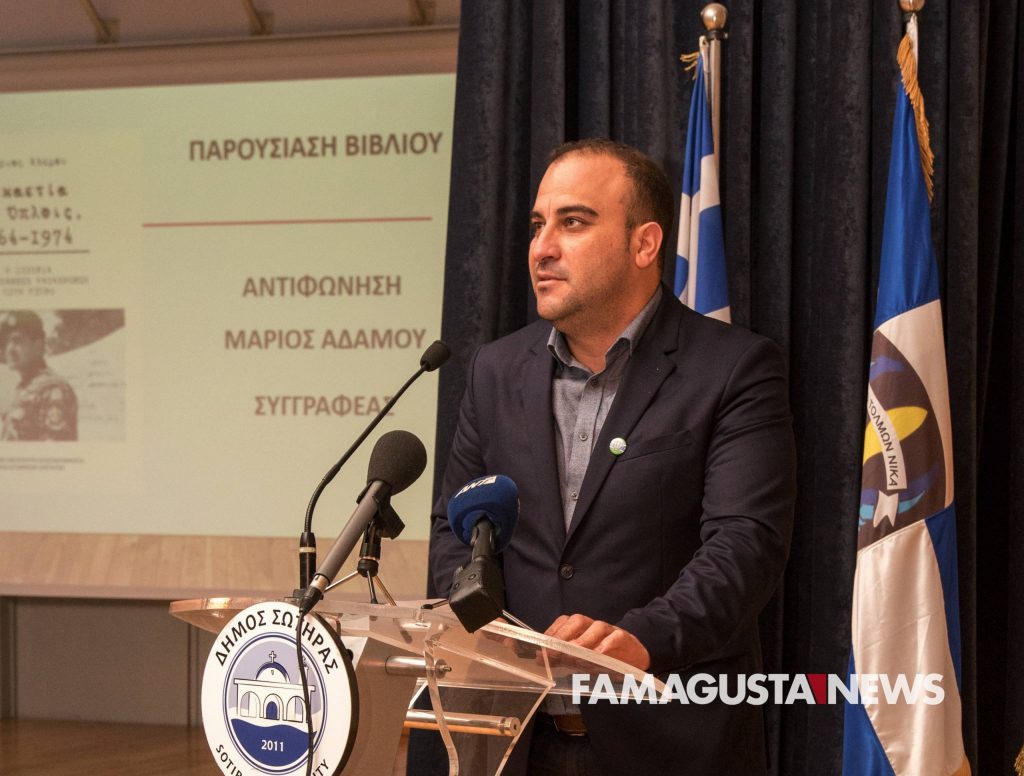
Where did you get the information from?
The extraction of information resulted from the study of the existing bibliography, research in archival sources of the Directorate of History of the National Guard, daily orders and war diaries of the Squadrons, as well as other units and the testimonies they gave directly involved in the events, as they recently saw. light in the context of the publication of the Cyprus Dossier. But mainly, through the testimonies of the dozens of anonymous young locksmiths in 1974, who today, after four and a half decades, opened their hearts and narrated painful events for themselves which indelibly marked their later life and many had registered them in the back. of their mind. It was very difficult for these people to heal wounds and to narrate incidents that involved a lot of their comrades and friends getting lost next to them. To these white-haired commandos today, I express my greatest thanks and gratitude.
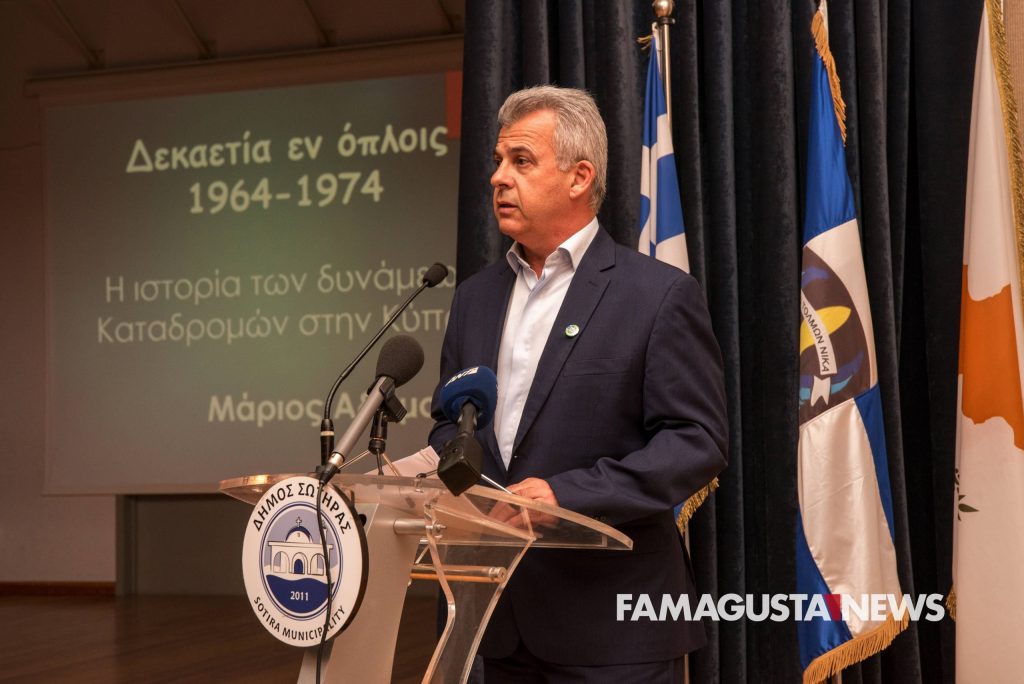
How difficult was it for you as a writer to stay away from the facts?
The effort was to make the events as objective as possible by osmosis of cross-references and sources. It was a difficult task because of the passage of time and the events that hurt the protagonists themselves, but also the whole place. The emotional charge of those who lived "from" the events could not but affect me. For this reason I chose in the book not to transfer, except in very few cases as the original texts the testimonies but to be used for the intersection and recording of the story, with the sole purpose of enabling the reader to draw the best conclusions.
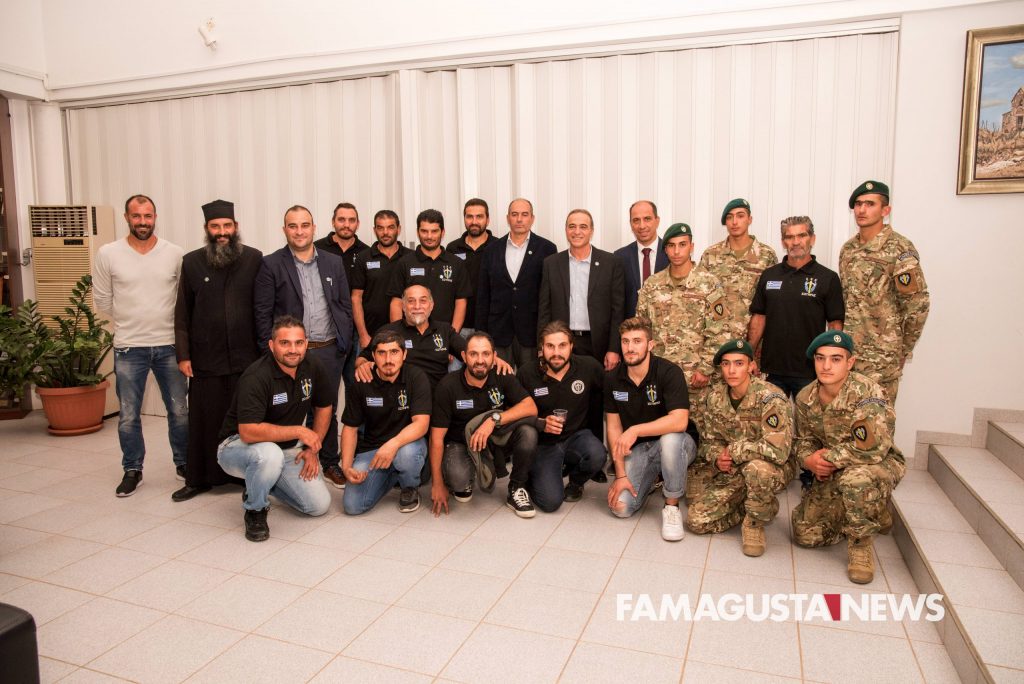
How did the history of the Expeditionary Forces begin?
The History of the Expeditionary Forces in Cyprus is identical with the founding of the National Guard in the summer of 1964. In fact, the 31 MK, which was the first to be founded in July 1964, after a month participated in the battles of Tilliria. The newly recruited commandos managed to evacuate the Turkish positions in the area at the beginning of August, occupying Lorovouno, with the first three dead. However, the forerunners of the Expeditionary Forces are considered to be the "Little Red Riding Hoods", voluntary units of Vassos Lyssaridis, who in April 1964 managed to expel the Turkish Cypriot insurgents from the Pentadaktylos. The narrative in the book begins with the action of the specific sections.

Reading the book, one discovers unknown stories of bravery, especially during the Turkish invasion.
The action of the Expeditionary Forces in the summer of 1974, like of course other units of the Hellenic Armed Forces, is full of tragic moments but also of courage. Without wanting to offend anyone, there are cases of officers such as the Commander of 33MK Major Georgios Katsanis who was sacrificed on the front line in Agios Hilarion, the Captain of the same unit Nikolaos Katountas who with his men gave their lives to the sanctuary Kyrenia, faced with numerous chariots and infantry of the enemy and refusing to leave the betrayed Cypriot Thermopylae. There are also cases of ordinary soldiers such as Konstantinos Afxentis, who tried to leave the farmhouse where he had been fortified in the village of Flamoudi, refusing to surrender to the enemy, he imitated the four heroes of the Barn. There are many such cases of anonymous heroes that we meet.

But tragic mistakes were made…
The attempt to counter the Turkish invasion, but also the way in which the young commandos were used by the insane regime of the Athens junta and its puppets here, was tragic from beginning to end. With the exception of the first night of the invasion in most other cases, the MKs were used in a criminal manner and in stark contrast to what their mission envisioned, resulting in millions of deaths. Perhaps the most typical case is that of 33MK, which on July 22 was called to face the enemy advance towards Kyrenia with meager means and without any substantial support, resulting in dozens of dead, wounded and missing on the battlefield.
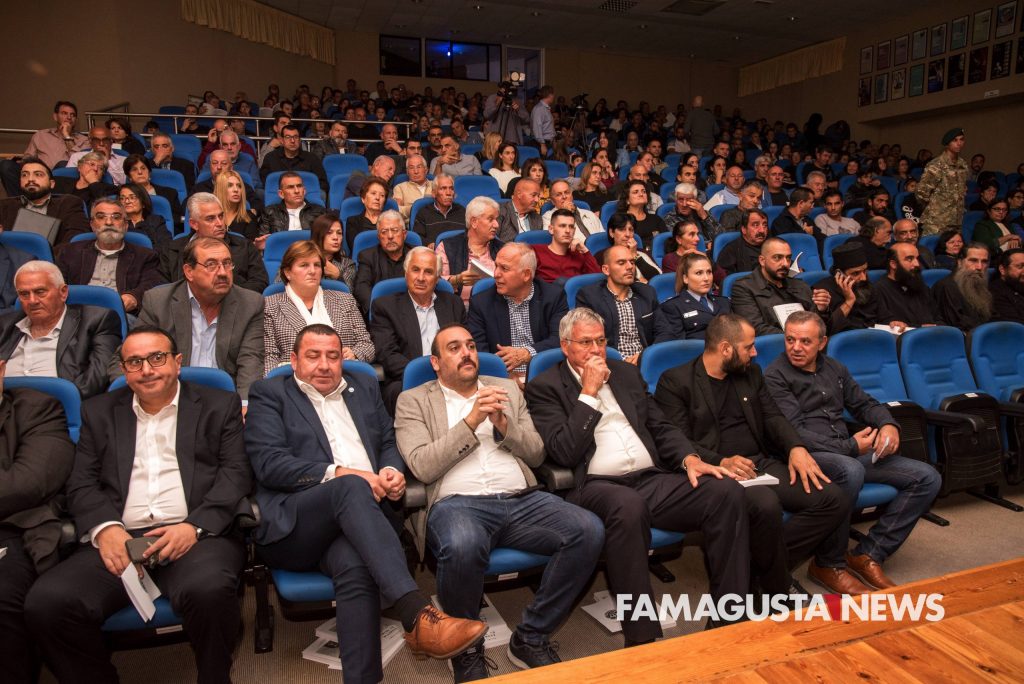
Proceeds from this book will be donated to charity. Where will they be given?
I humbly believe that it would be a great insult if I reaped any financial benefits from this effort, which was done primarily as a tribute to those who fell in battle or perished years after. Besides, the expenses of the publication were covered by some people and especially the family of a proud green-cap of Alexandros Kaikkis, who since 2017 is not among us. For this reason, they are given to the Savior Reserve Paratroopers Club, in order to use them for public benefit purposes, honoring the memory of this and all other looters who are no longer with us.
Source: REPORTER
